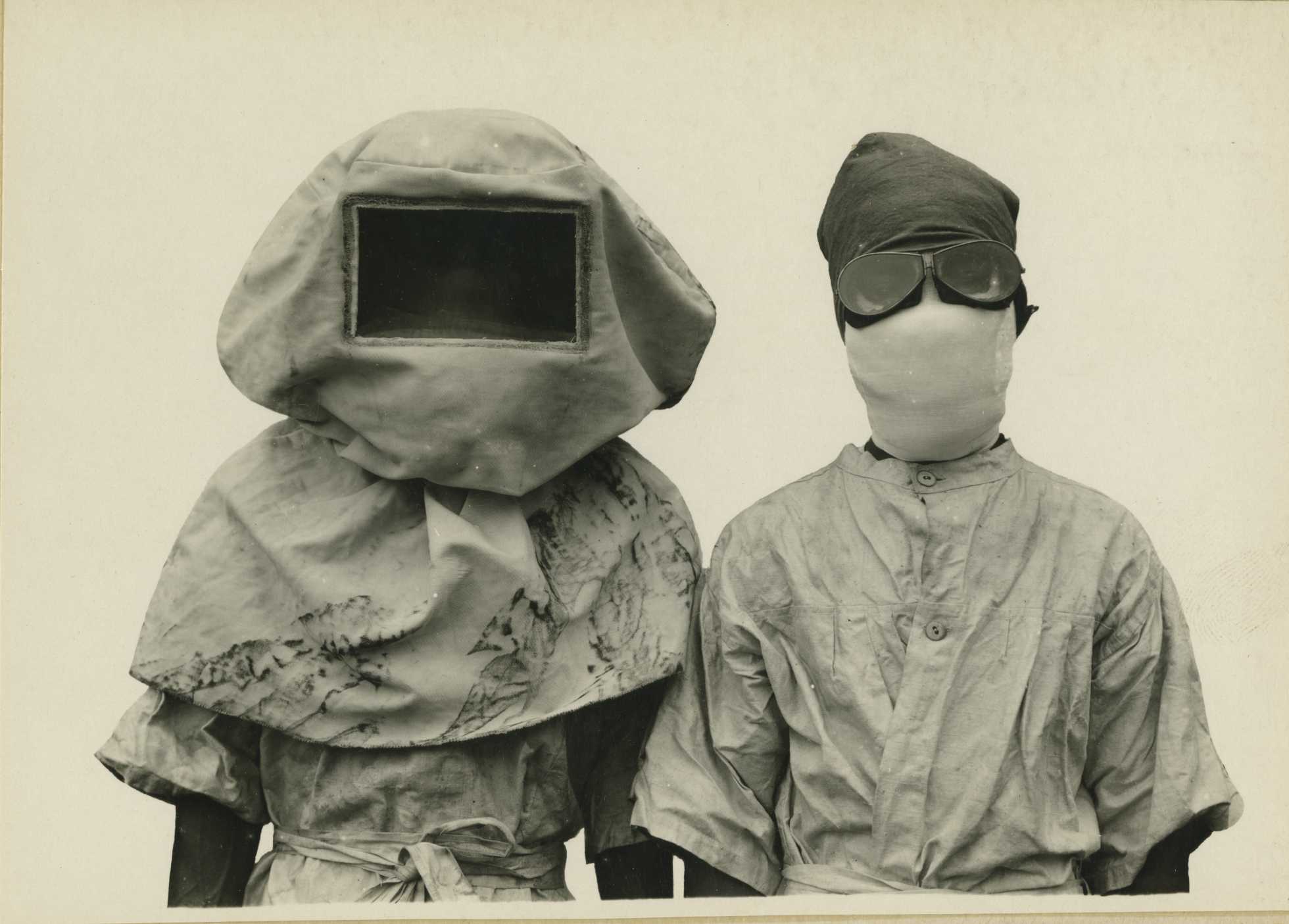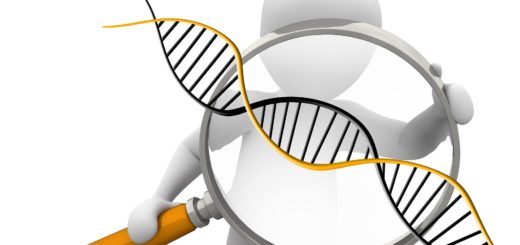Modern Genomics, Ancient DNA

Think of ancient DNA and the first thing that may come to mind is Jurassic Park and cloning dinosaurs by freeing blood from amber-trapped mosquitoes! Sadly, scientists think that dinosaur DNA is probably just too old and degraded to use – sorry to burst that bubble. But researchers are working with ancient DNA (known as aDNA), painstakingly isolated from archaeological remains, in lots of other exciting ways. Taken from humans and our closely related ancestors like Homo erectus and Homo neanderthalensis (the Neanderthals), aDNA can teach us about evolution. From our earliest crops, it shows us how we developed agriculture and migrated across the world.
It’s also possible to recover aDNA of the pathogens which have plagued us (pardon the pun) throughout time. Trace amounts of bacteria can be recovered by taking material from human remains that may have been infected. By sequencing and analysing this bacteria, we can learn about disease evolution, origins and changes over time. This article will look at three different examples and what aDNA is telling us about them already – or may be able to tell us in the future.
Migrations of the Plague
Plague, caused by the bacteria Yersinia pestis, has a strong hold on the public imagination. From creepy doctors dressed head-to-toe in protective gear, to carts of dead bodies in the streets; it’s no wonder it fascinates historians. Plague has repeatedly swept across Europe and Asia since the 6th century, divided by historians into three major pandemics1. The Justinian plague began in the 6th century, and over the next two hundred years caused more than 25 million deaths. The second plague began with the infamous Black Death (1346-1353) in London. Outbreaks then continued across Europe over the next 400 years. The third pandemic began in China in 1860s and eventually reached many other regions of the world via trading ships. Plague is, in fact, still ongoing in some areas: in rodent populations of Arizona, for example, and in ongoing outbreaks in Madagascar 2.
Historical documents and human remains are limited in what they can tell us, leaving some questions unanswered. One mystery is how the plague persisted for so long in Europe before vanishing for over a century. It was generally assumed that trade routes resulted in the bacteria being reintroduced into Europe from Asia over and over again, causing multiple outbreaks – but this is now coming under question from recent studies using aDNA3.
Changes in the DNA sequences from organisms can be used to build an evolutionary family tree, known as a phylogenetic tree. Researchers took sequences of Y. pestis strains from victims of the Black Death at the beginning of the pandemic, from outbreaks in the middle (16th century), and the end (18th century). These were then placed into a phylogenetic tree to investigate their relationships. It was found that all three were on the same branch, with both the later outbreaks found downstream from the Black Death strain – like children on a family tree. This challenges earlier thinking as it suggests that the later strains evolved in a lineage from the first introduction of plague; evidence that rather than being reintroduced, plague may have found a foothold in Europe and developed locally.
Origins of Tuberculosis
Tuberculosis is a more familiar disease in the modern world, caused by bacterium Mycobacterium tuberculosis. For a long time it was thought that the disease came from domesticated cows, who have their own version of the bacteria called Mycobacterium bovis. The hypothesis was that, as humans had been in close association with their animals, the pathogen that affected them evolved to infect us as well.
Various genetic approaches have been used to show that this probably isn’t the case, at least in the Americas. Comparing genomes of M. tuberculosis and M. bovis shows that the human version of the disease predates that of cows4. So who is the culprit? Recent genetic analysis finds a surprising likely source for the disease in the New World; cute and cuddly seals5. Placing the genomes of M. tuberculosis found in 1,000 year-old Peruvian skeletons onto a phylogenetic tree showed that they shared a common ancestor with Mycobacterium found in seals rather than M. bovis. Researchers now suggest that seals spread the disease across the ocean, between African hosts and the Americas.
A Question of Syphilis
The origins of syphilis within Europe are murky, and wrapped up in our history of colonialism. The first known major outbreak occurred in Naples, Italy in 1494. But what happened to trigger this? One theory is the Columbian hypothesis, which points out that Christopher Columbus returned from his exploration of the Americas a few years before this outbreak and may well have brought syphilis back with him, introducing it to Europe. However, this theory is controversial and has been debated since its proposal centuries ago. Others believe that syphilis was always present, or that closely related diseases were present and mutated around that time.
Trying to use historical records to prove either way is difficult, as definitions of disease – and diseases themselves – change over time. Syphilis does leave behind bone changes, which archaeologists are able to analyse. Some skeletons which appear to have syphilis have been found in Europe which date before Columbia made his trip, suggesting the venereal disease was there already. But diseases in the same family leave behind similar marks, making it hard to determine if these people really did have syphilis.
Confusing remains are an excellent target for aDNA, which could finally tell us for sure whether Treponema pallidum (which causes syphilis) was really present in Europe earlier than that first outbreak. However, research so far has found it very difficult to recover any traces of the bacteria, which is very fragile.
This story, then, ends on a hope for the future. Genomics is a young field, as is the study of aDNA. Opening up new resources other than archaeological human remains, such as museum’s medical collections, could give us further insights into the past. Other research uses a dizzying array of sources to investigate history; parchment, paintings and clothes being some examples. With DNA sequencing technologies constantly and rapidly improving, one day we may be able to find the answer to this question and many others like it.
This article was specialist edited by Joseph Yeoh and copy edited by Katrina Wesencraft.
References
- See https://www.cdc.gov/plague/history/index.html for a history.
- The recent urban outbreak has made headlines: https://www.theguardian.com/global-development/2017/oct/19/madagascar-plague-death-toll-reaches-74
- Spyrou, Maria A., et al. “Historical Y. pestis genomes reveal the European black death as the source of ancient and modern plague pandemics.” Cell host & microbe 19.6 (2016): 874-881.
- Galagan, James E. “Genomic insights into tuberculosis.” Nature Reviews Genetics 15.5 (2014): 307-320.
- Bos, Kirsten I., et al. “Pre-Columbian mycobacterial genomes reveal seals as a source of New World human tuberculosis.” Nature 514.7523 (2014): 494-497.










